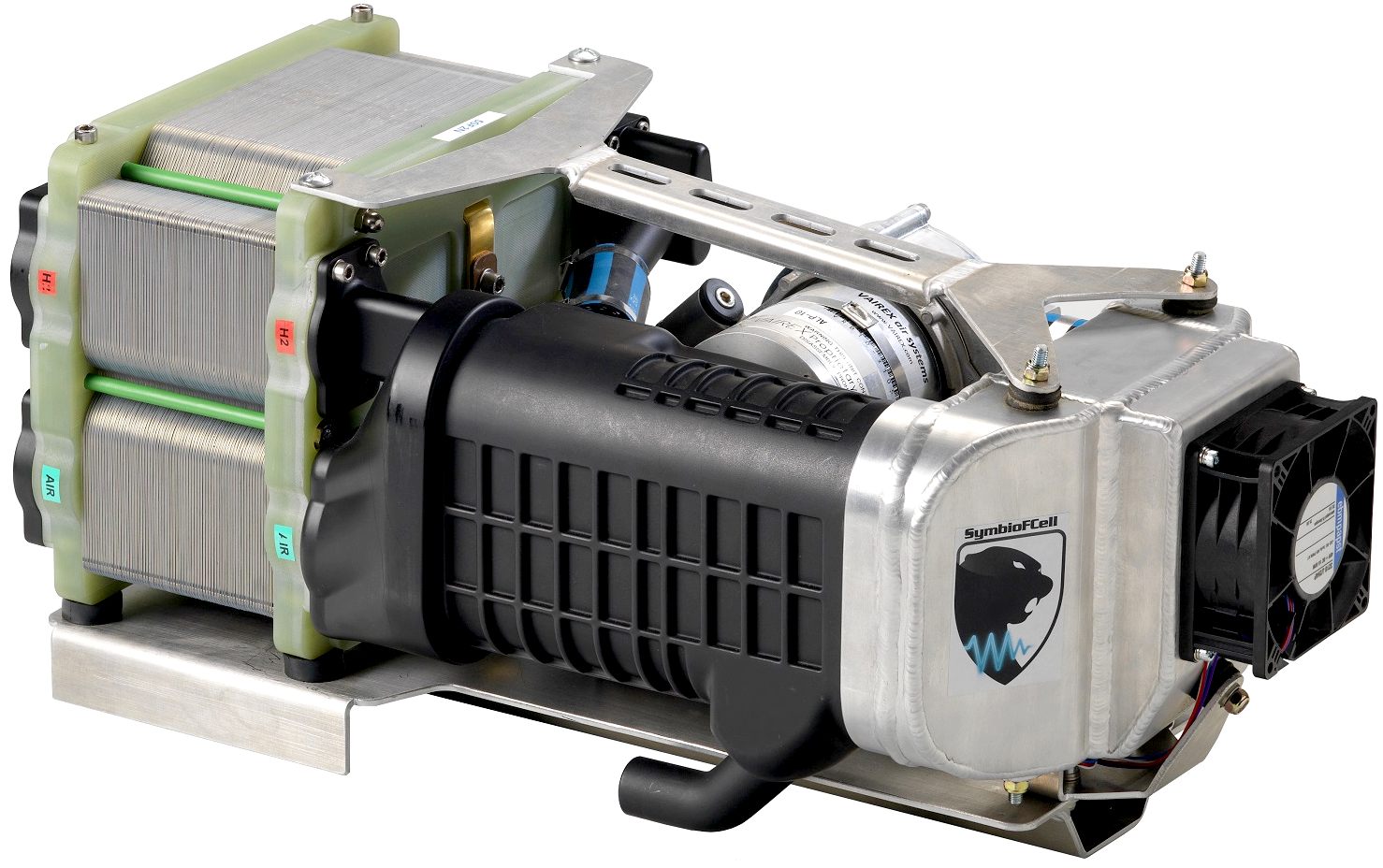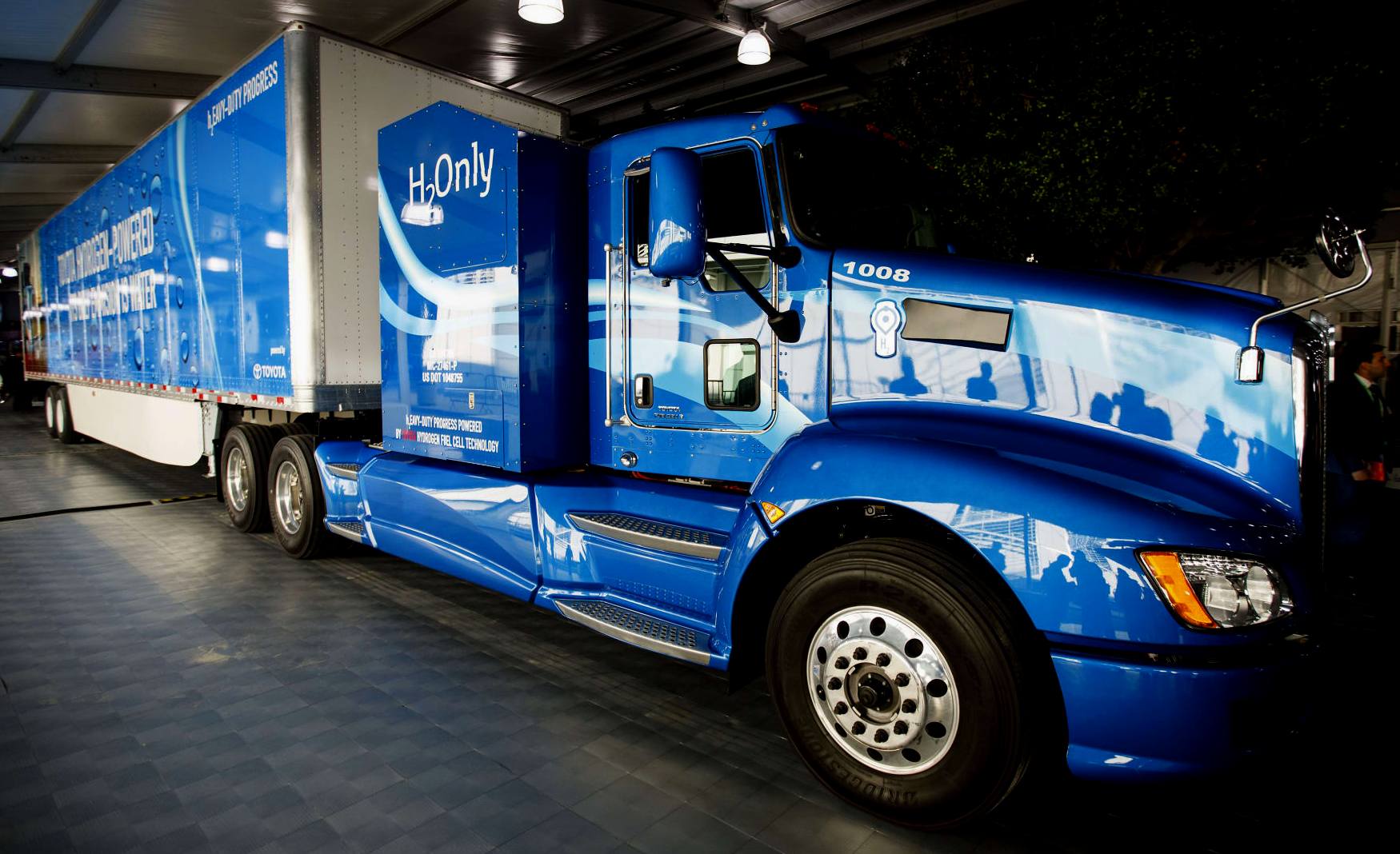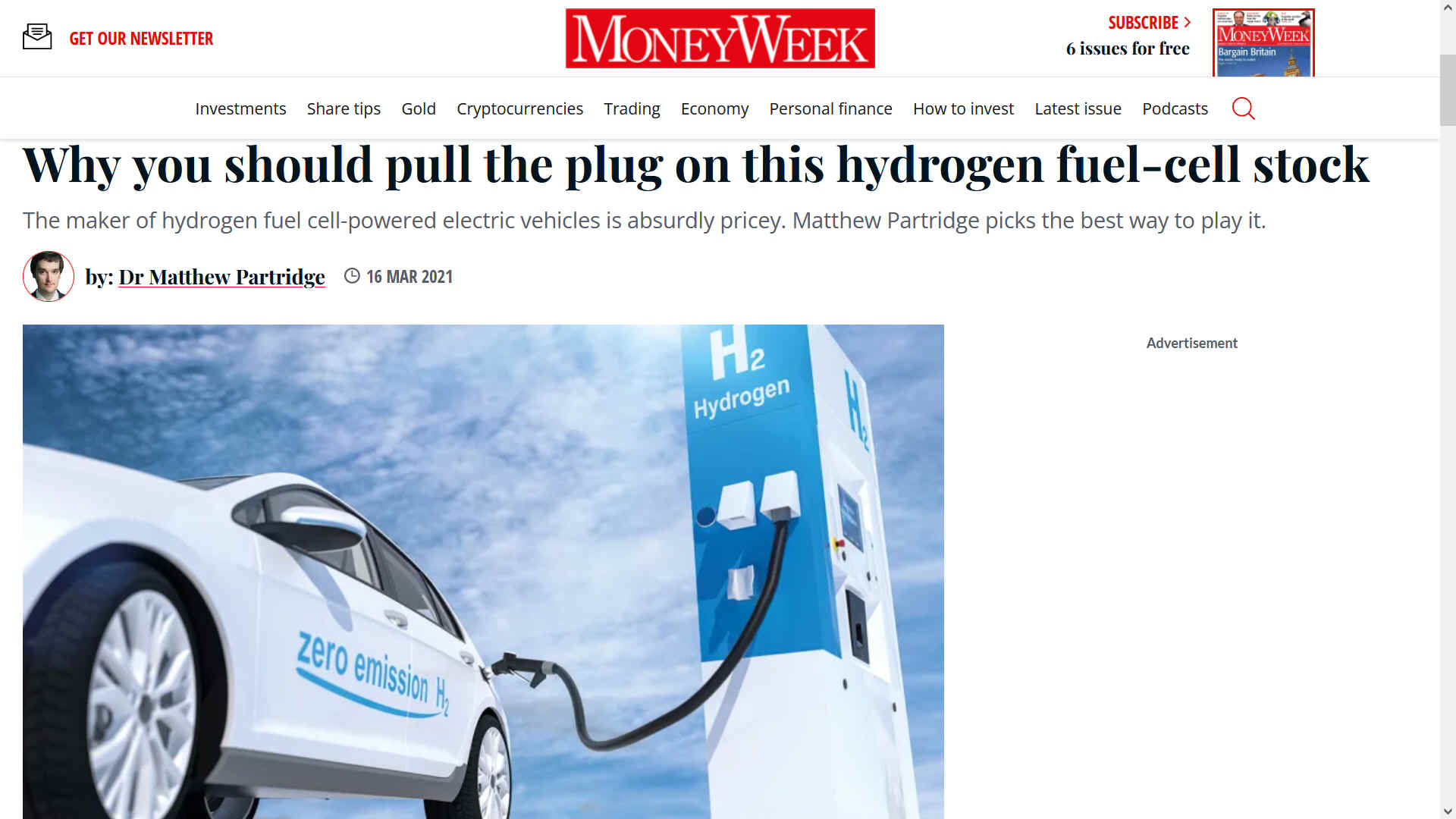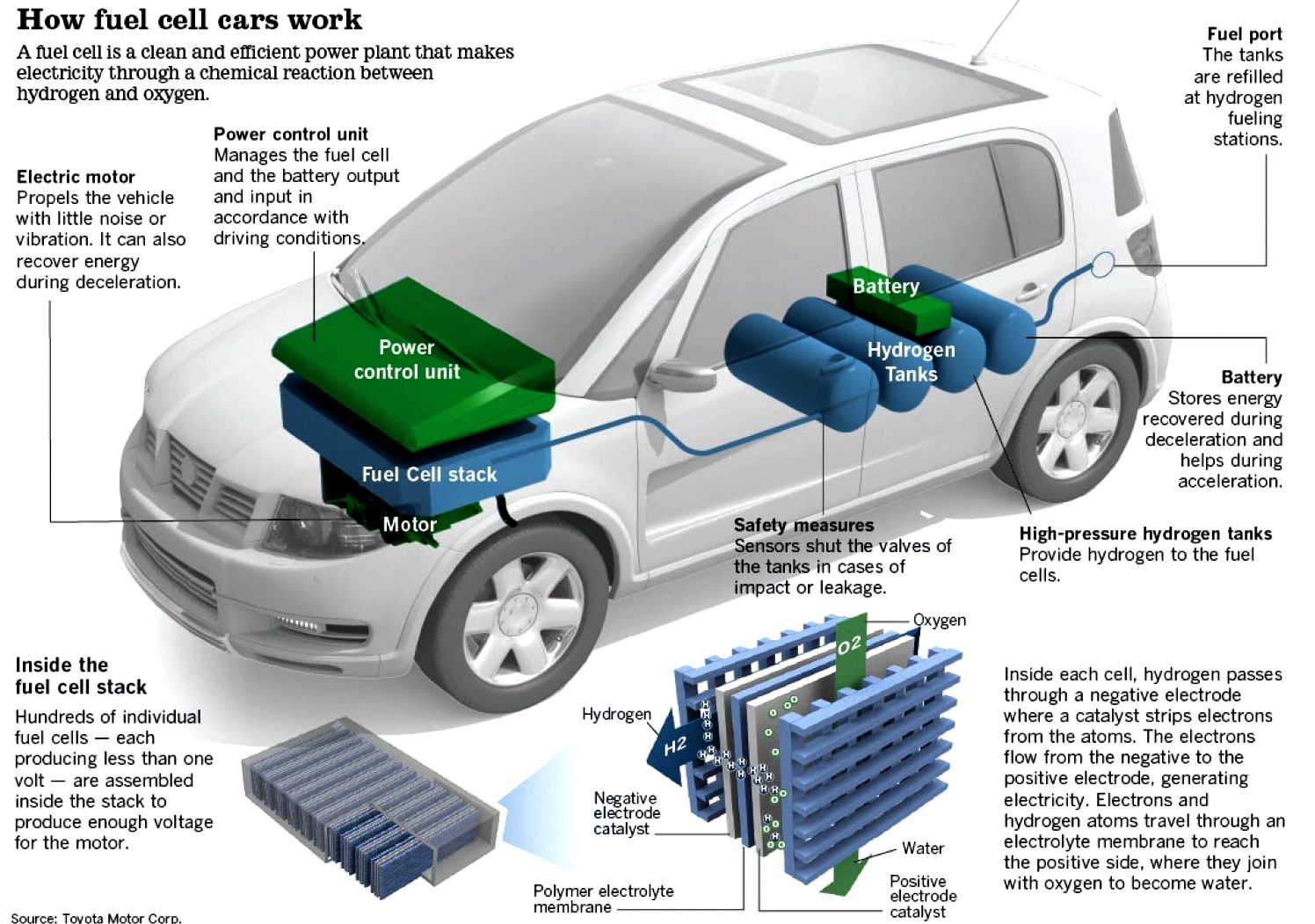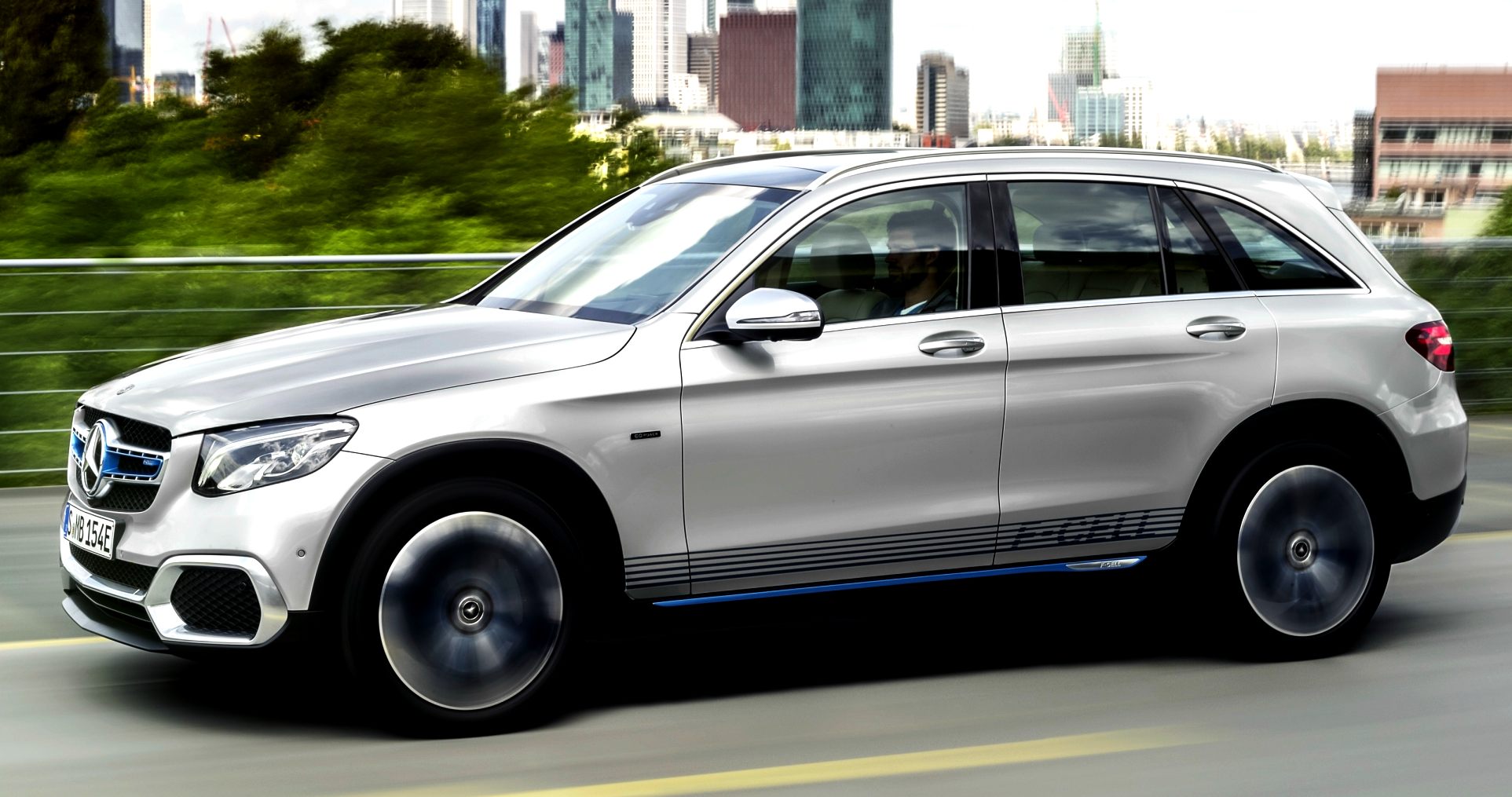|
FCEVs
Please use our A-Z INDEX to navigate this site where page links may lead to other sites.
|
|
|
Hydrogen power is the next stage of sustainable development for electrics, by extending range significantly for passenger vehicles and making the practical operation of long range heavy goods vehicles possible. But what about when a fuel cell breaks down? Roadside recovery will take you to the nearest garage for a conventional FCEV, but with the SmartNet™ Universal system, you can have a replacement fitted in a couple of minutes and be back on your way.
A FCEV, is an electric vehicle that is powered by a hydrogen fuel cell. FCEVs and the associated refuelling infrastructures are currently in the very early stages of market introduction.
Typically, hydrogen is delivered to a fuelling location in the same way as it is distributed to industry: in pressurized tanks on lorries. However, at suitable sites hydrogen can be produced on-site by electrolysis, in the best case with the aid of renewable electricity obtained via direct coupling (wind/solar), or through grid-balancing services.
Fuel cells coupled to hydrogen storage tanks, with special couplings and electronic controls, in a standard (Universal) cartridge format, offer range extenders to any battery electric vehicle they may be clipped onto, such as commercial vans and trucks. These are called 'Hydrogen Batteries.' We invented them.
As of April 2021, no major vehicle OEM has adopted the Universal standard for any of their hydrogen powered vehicles. Yet, the adoption of a standard, offers a way to accelerate the transition from petrol and diesel cars, through battery electrics, to FCEVs.
FUEL CELL ELECTRIC CARS
The Honda Clarity Fuel Cell houses an advanced Honda built fuel cell stack in the engine compartment. As a result, the Honda Clarity Fuel Cell sedan is capable of seating five occupants. Its powertain delivers 130 kW and 300 Nm maximum torque. The Clarity Fuel Cell offers a generous range of 650 km (NEDC) with hydrogen stored at 700 bar.
The energy content of hydrogen tanks in vehicles is typically less than that of regular petrol or diesel vehicles. The automotive industry has agreed globally on a pressure of 700 bars for hydrogen in cars – the pressure of hydrogen storage systems is mechanically controllable. Hydrogen vehicles driven in demonstration trial programmes have undergone the automotive manufacturers’ complete development cycle, including crash tests, and are cleared for road use.
FOOL CELLS - ELON MUSK
Tesla
co-founder and CEO Elon
Musk has dismissed hydrogen fuel cells as “mind-bogglingly
stupid,” and that is not the only negative thing he has had to say
about the technology. He has called them “fool cells,” a “load
of rubbish,” and told Tesla shareholders at an annual meeting years ago
that “success is simply not possible.”
Toyota
chairman Takeshi Uchiyamada told Reuters at the same Tokyo auto show in
2017, “We don’t really see an adversary ‘zero-sum’ relationship
between the EV (battery powered electric vehicle) and the hydrogen car.
We’re not about to give up on hydrogen electric fuel-cell technology at
all.”
The Mercedes Benz (Daimler) F-Cell, hydrogen fuel cell powered estate car
Please use our A-Z INDEX to navigate this site
This website is provided on a free basis to promote zero emission transport in Europe and Internationally. Copyright © Climate Change Trust & Universal Smart Batteries 2022. Solar Studios, BN271RF, United Kingdom.
|

